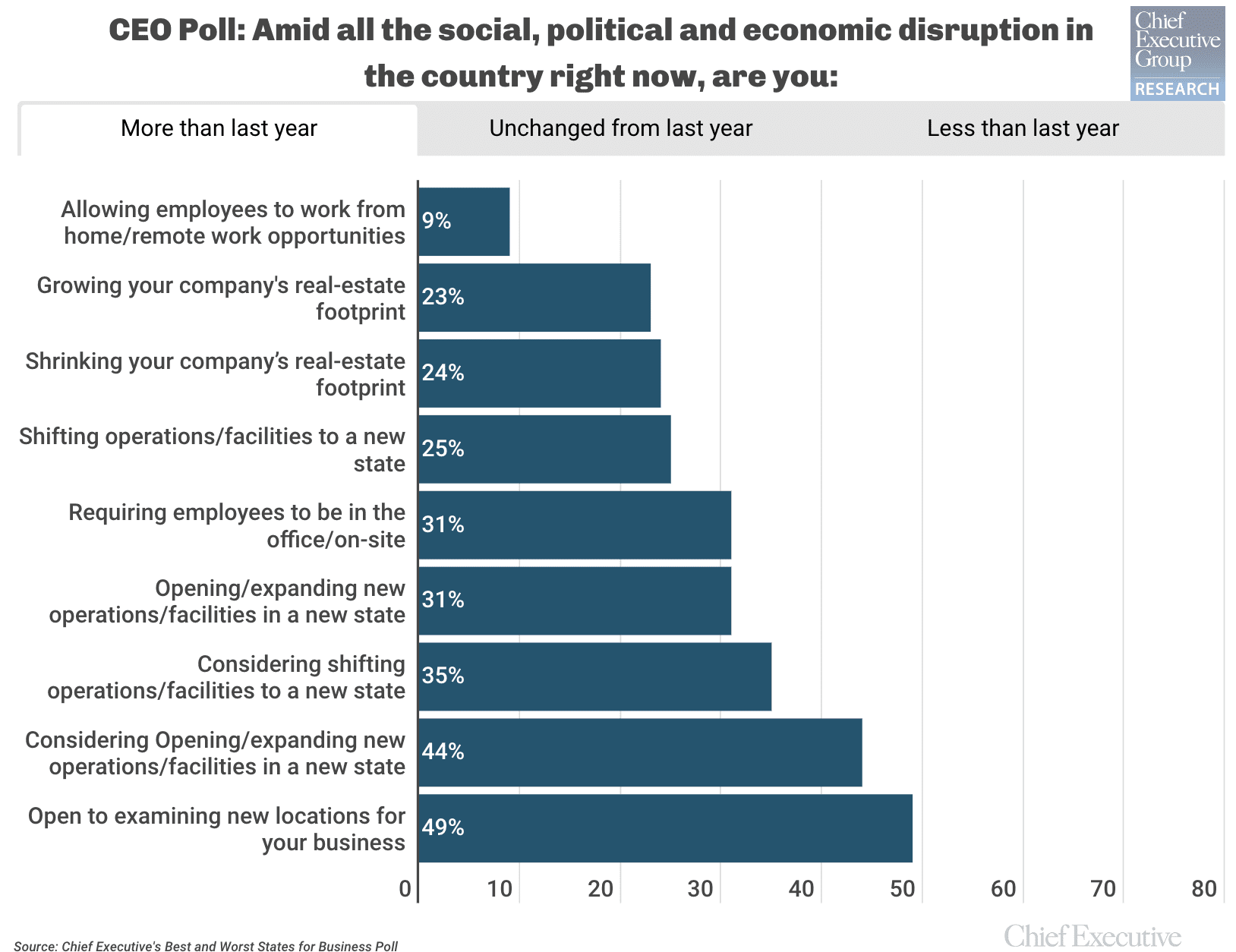Meta has announced its latest earnings numbers, with its revamped performance summary getting its first airing, which reduces the amount of insight that we get from the company, and aims to provide a more broad-reaching summary of its company data.
The intention here could be to dilute market scrutiny, by re-focusing on data points that Meta feels will more positively reflect its business. But it is more limiting for analysts, as most of the figures take on a different perspective than Meta’s traditional reports.
First off, on users. Meta’s now only sharing overall usage stats, covering its entire ‘family’ of apps (Facebook, Messenger, Instagram and WhatsApp), so we don’t get a breakout of Facebook usage specifically.
And at present, Meta’s Family Daily Active People (DAP) is at 3.24 billion, rising from 3.19 billion in its last report.

Interestingly, Meta also hasn’t provided monthly active user numbers, so the only data we have now is on daily active users, across all of its platforms.
That seems like a step back in terms of transparency, as there’s no way to break down the growth, or not, in each app. But Meta’s clearly confident that its daily active user numbers are the most indicative of its performance, and a 7% year-over-year increase in daily active people is an indicator of its enduring success.
Though whether that’s based on growth on WhatsApp or IG, we don’t know, but presumably, WhatsApp, which has been gaining momentum in Western nations, is driving more interest, while Facebook continues to grow in developing markets, as has been the trend.
In terms of revenue, Meta brought in $36.46 billion for the quarter, a 27% increase year-over-year.

As you can see in this breakdown, Meta is still heavily reliant on the U.S. market for its ad intake, so while it has been growing in emerging regions, those are not bringing in equivalent income as yet.
But it bodes well for future opportunities, and unlike Snapchat, which has been seeing solid user growth, but lower revenue increases, Meta is well positioned to be able to capitalize on those opportunities in future, as it continues to solidify its earnings and maximize its business.
Meta has also included a new chart – “Ad Impressions Delivered.”

Logically, the more users that Meta has, the more ads that it can show, and this chart aims to provide insight as to how its ad business is performing overall, which points to future opportunities for growth, particularly in developing markets.
It’s also interesting from an app usage perspective. WhatsApp and Messenger have fewer ad opportunities, so their relative growth is less valuable in this respect, while Facebook and IG provide more ad exposure. As such, the numbers could be seen as indicative, in some ways, of the relative growth of each platform within each region.
Meta’s also shared this overview of “Family Average Revenue Per Person,” which demonstrates how those ad impressions convert to actual money.

So essentially, rather than focusing on overall user growth, Meta’s trying to refocus the market on its potential opportunities, by showing that its ad business is working to deliver more ads to more people, even in regions which may not be earning as much income for the business.
In past reports, Meta’s “Average revenue Per User” chart showed how much it was earning by region, but this more generalized display looks better for the company, by moving away from actual cash intake to growth.
It’s a smart move by Meta to re-frame its metrics, though again, it does reduce the overall insight available into its performance.
Another key area of focus is its ongoing investment into metaverse-related projects, with its Reality Labs VR division still losing billions each quarter.

As you can see in this overview, Reality Labs cost Meta $3.8 billion in the period, with sales of VR headsets only seeing marginal growth year-over-year growth.
Meta has noted that sales of its Ray Ban Smart Glasses are increasing, which could be another factor that helps to boost Reality Labs revenue. But right now, the metaverse remains an expensive long-term bet, which is on track to cost Meta another $15 billion in investment in 2024.
Meta spent over $17 billion on VR development in 2023, and has cumulatively invested more than $46 billion into the project since 2021. It remains an expensive, and therefore risky bet, but Meta’s overall strong revenue performance will alleviate any scrutiny on this element.
In terms of future projections, Meta says that its expenditure will continue to rise due to ongoing investment in AI and VR.
“While we are not providing guidance for years beyond 2024, we expect capital expenditures will continue to increase next year as we invest aggressively to support our ambitious AI research and product development efforts.”
Earlier this year, Meta CEO Mark Zuckerberg outlined his plan to acquire 350,000 Nvidia H100 GPUs to build its next-generation AI, which could actually simulate human-like intelligence. The total investment in this project will likely exceed $10 billion this year, and that’s aside from its ongoing VR development.
Meta’s offset some of these costs by reducing headcount through staff rationalization (Meta says staff levels are down 10% year-over-year). But essentially, Meta’s going to be investing a heap, over the next year at least, into longer term bets. So basically, Meta’s preparing the market now for a big increase in spending, which will impact its immediate-term outlook.
Overall, it’s another good report card for Meta, which shows that its core business is solid, and that it’s still seeing relative growth in app usage, even if we can’t see which apps, specifically, are getting more attention.
But the forecast is for turbulence, based on required investment in AI and VR compute.
Most would agree that this will be money well spent, particularly as its VR vision becomes more clear. But it could also be a rocky period, particularly if its ad business suffers any significant downturn.
























































![Key Metrics for Social Media Marketing [Infographic] Key Metrics for Social Media Marketing [Infographic]](https://www.socialmediatoday.com/imgproxy/nP1lliSbrTbUmhFV6RdAz9qJZFvsstq3IG6orLUMMls/g:ce/rs:fit:770:435/bG9jYWw6Ly8vZGl2ZWltYWdlL3NvY2lhbF9tZWRpYV9yb2lfaW5vZ3JhcGhpYzIucG5n.webp)


















